Pests
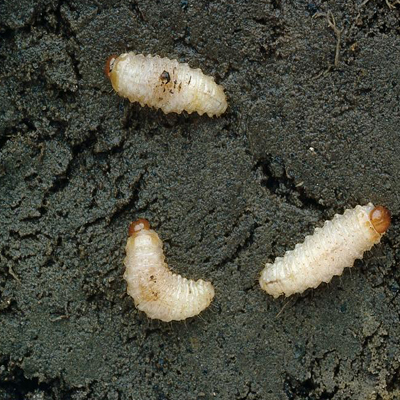
Grubs
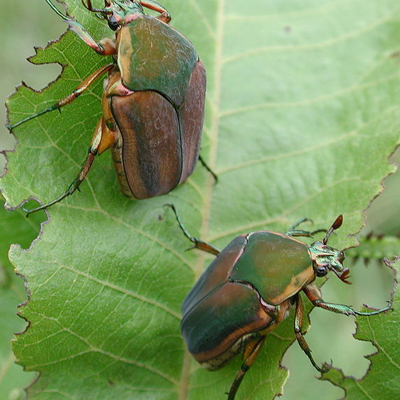
Beetles
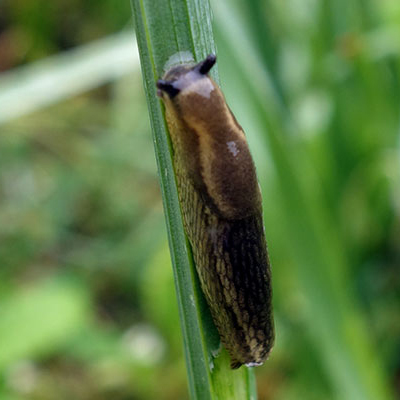
Slugs and Snails
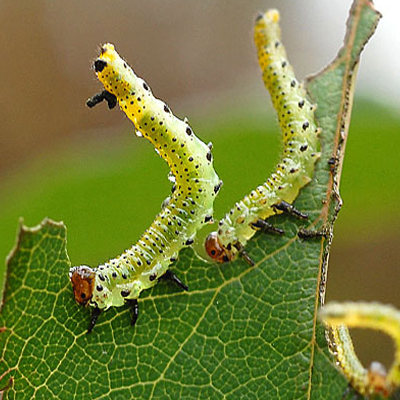
Caterpillars
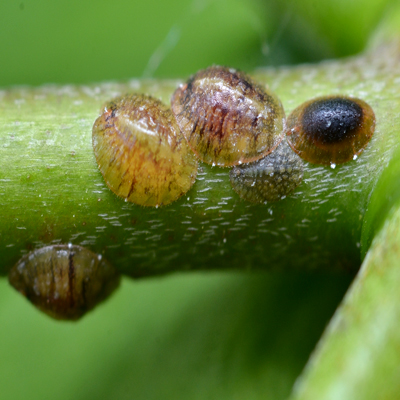
Scale

Flies
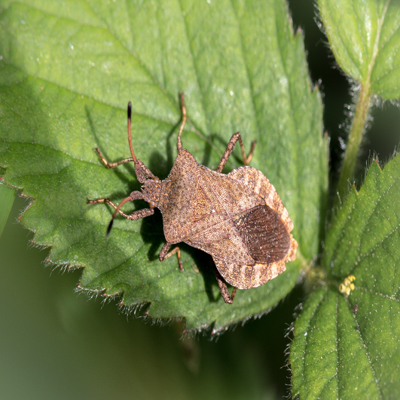
Bugs and Weevils
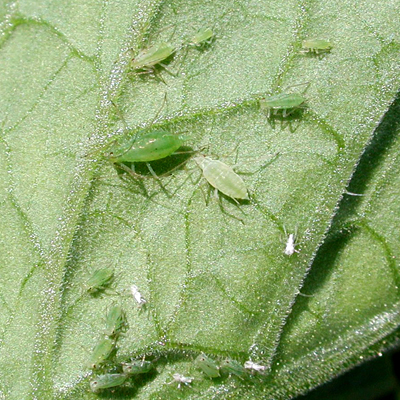
Aphids
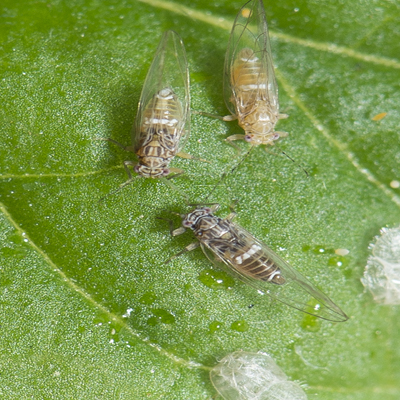
Psyllids
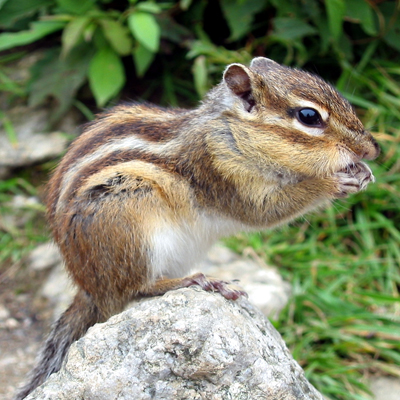
Rodents
Regretfully, many pests have become long lasting and even invasive, due to more permanent transitions, like globalization, climate change and loss of habitat. Scientists are predicting more problems with invasive pests in the future. With the fragmentation and pollution of habitats and changing climate, more resilient insects will overcome the more vulnerable insects, and become pests. If you have a healthy yard, but are still bothered by invasive pests, the best thing you can do is to check with the local agricultural extension of your state university, and use their expertise. Most states have organizations that are involved with the management and prevention of invasives. Early detection can be essential; don’t hesitate to ask for help. Invasives are not only an ecological but also a serious economic problem. Here are some of the more common invasive pests we have at the moment:
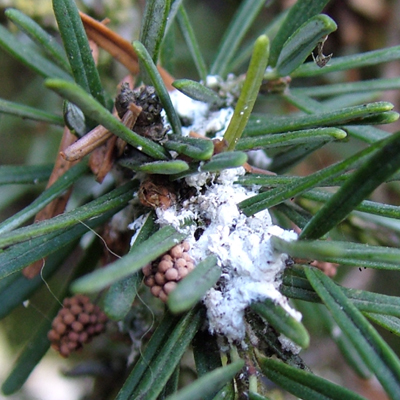
Hemlock Wooly Adelgid
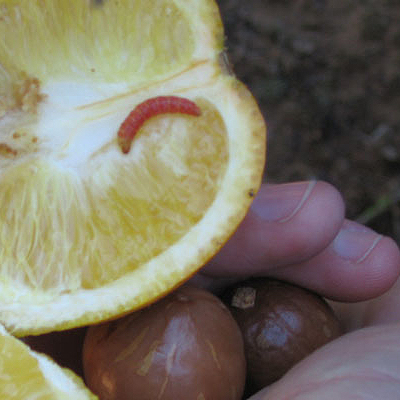
False Codling Moth
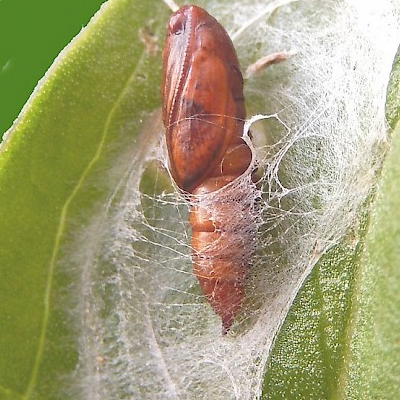
Light Brown Apple Moth
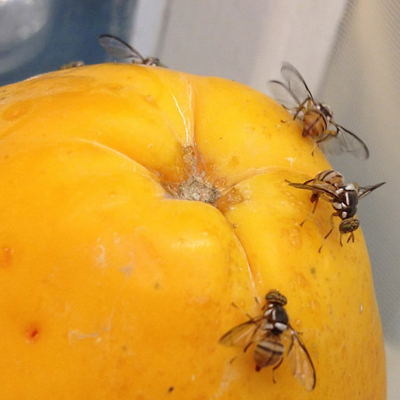
Oriental Fruitfly
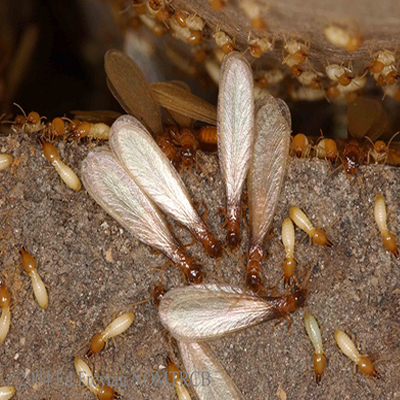
Termites
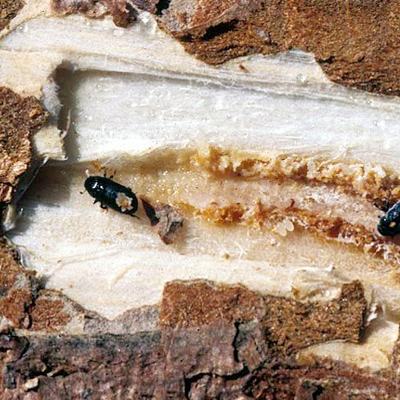
Pine Shoot Beetle
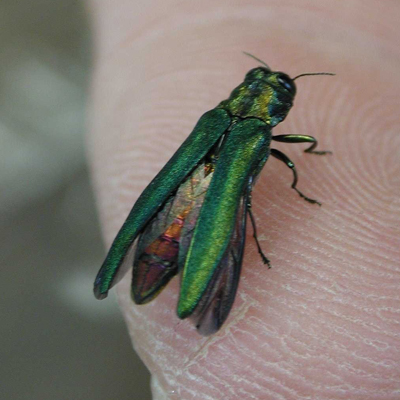
Emerald Ash Borer
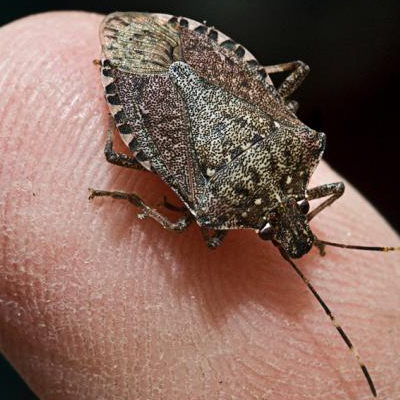
Marmorated Stink Bug
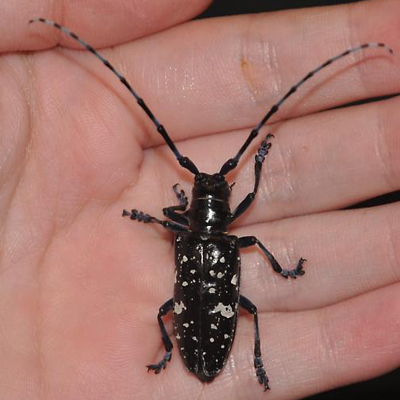
Asian Long Horned Beetle
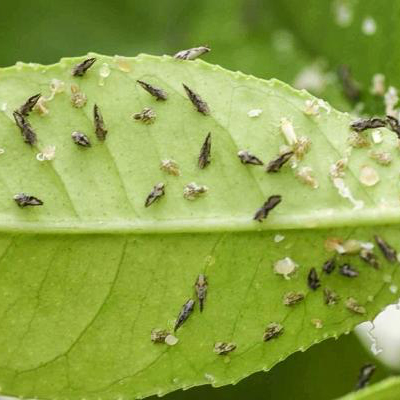
Asian Citrus Psyllid
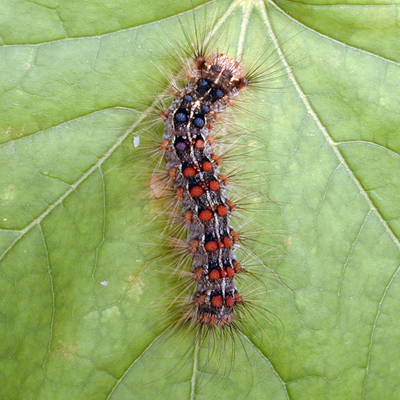
European Gypsy Moth

Spotted Lantern Fly

Although deer are native to North America, the absence of natural predators and the prevalence of fragmented habitat, especially woodland combined with open spaces, have increased their numbers such, that they have become one of the, literally, biggest pests in our environment. Deer browsing has caused undergrowth to disappear from forests, and has given many exotic species an edge over the natives, simply because the deer didn’t develop a ‘taste’ for them. Deer are a serious issue in forest management, but they can also be very discouraging to gardeners. Nowadays most plants come with deer resistant information. Most effective methods to deal with deer are isolating, fencing, planting densely and planting deer proof plants around more vulnerable species. For deer proof plants, shrubs and tree see Learn More below.
